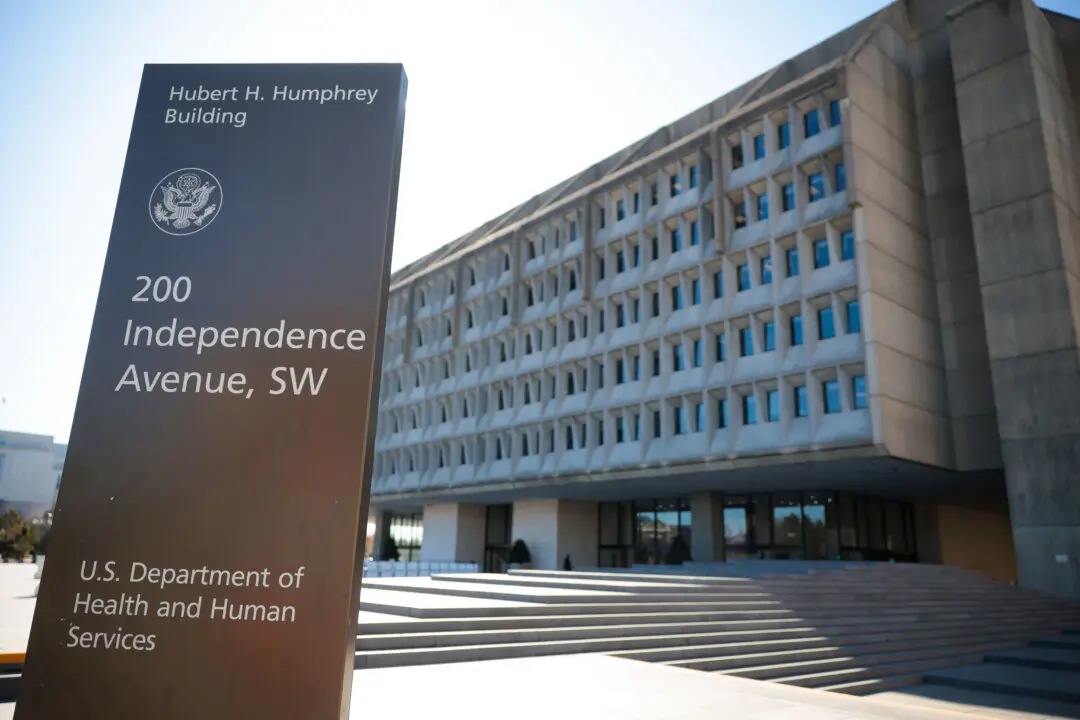The homicide rate via firearms skyrocketed in 2020 to the highest level in more than 25 years, a new analysis released May 10 shows.
The rate shot up 35 percent to about 6.1 per 100,000 people, according to an analysis from the Centers for Disease Control and Prevention (CDC).





